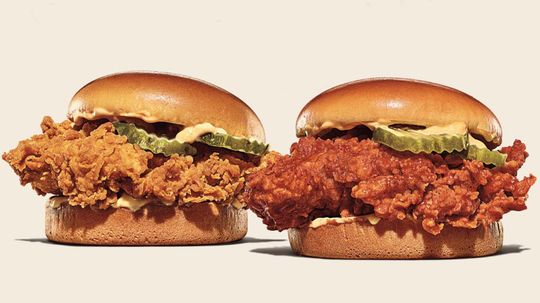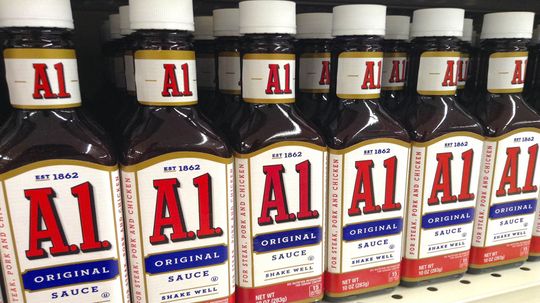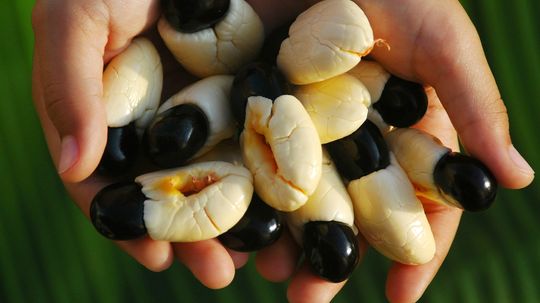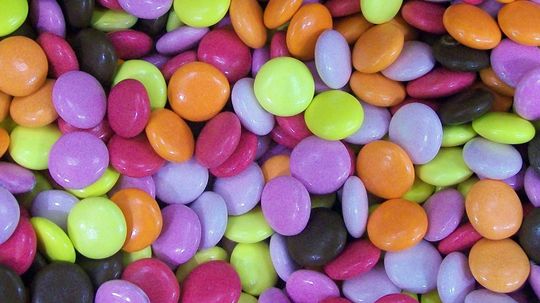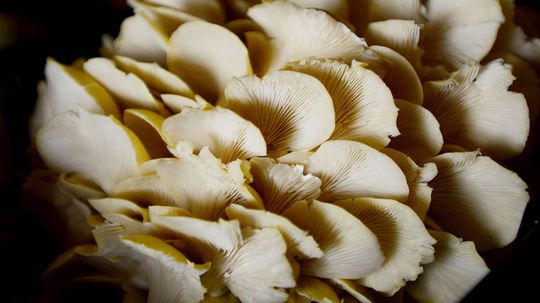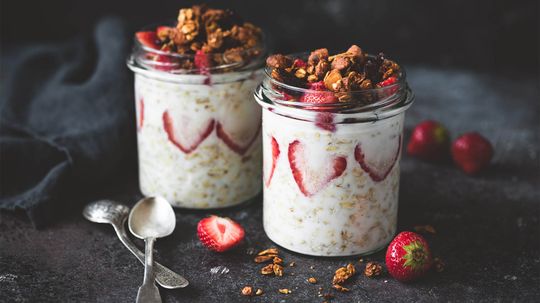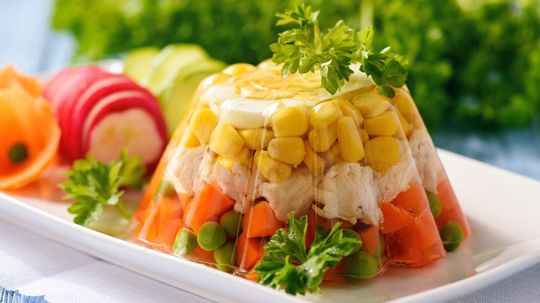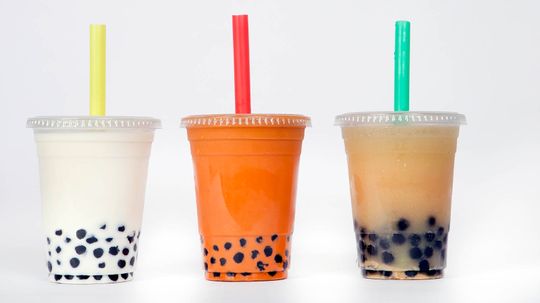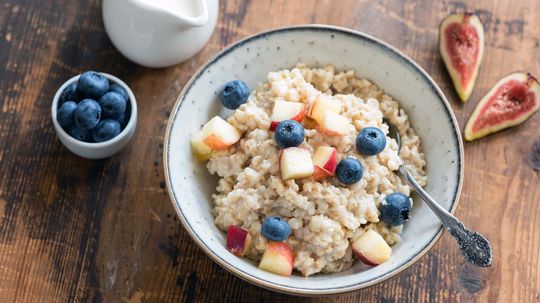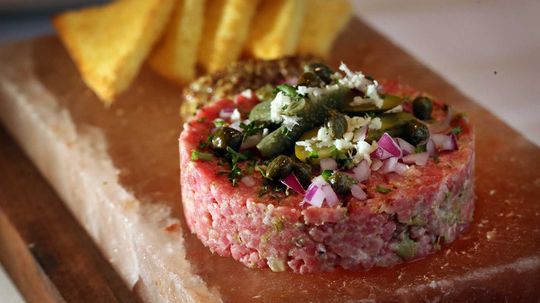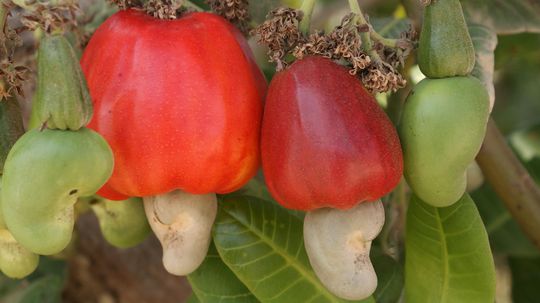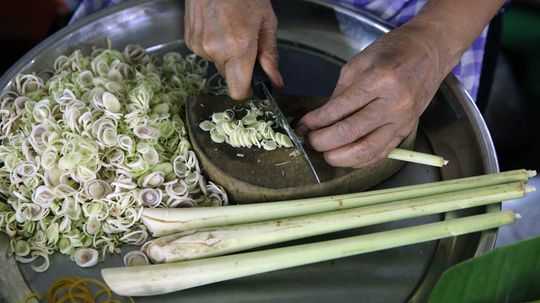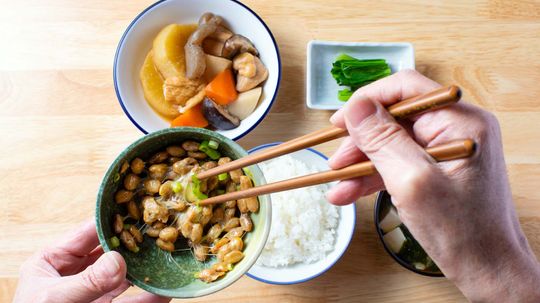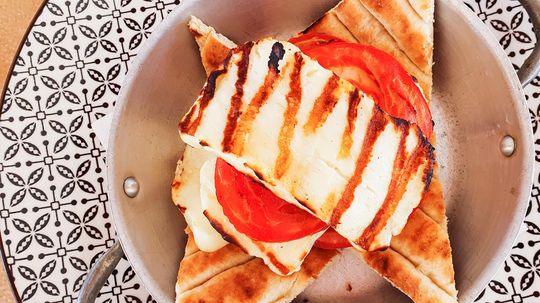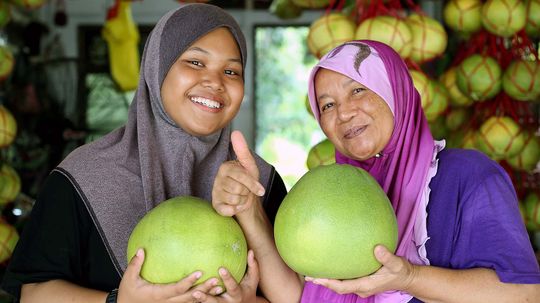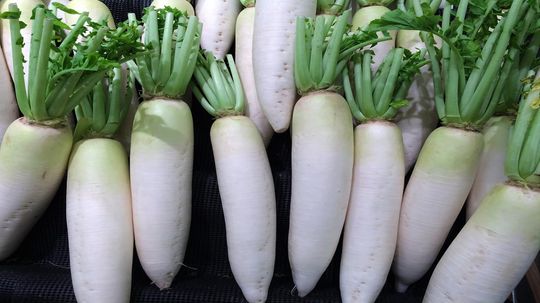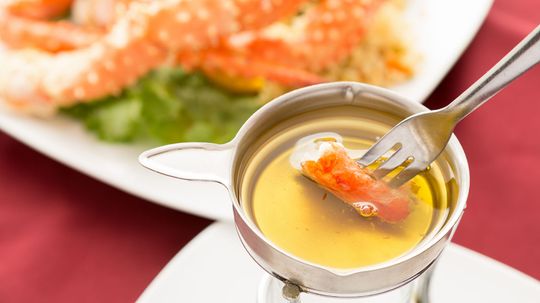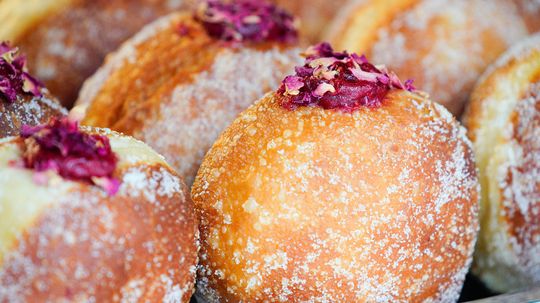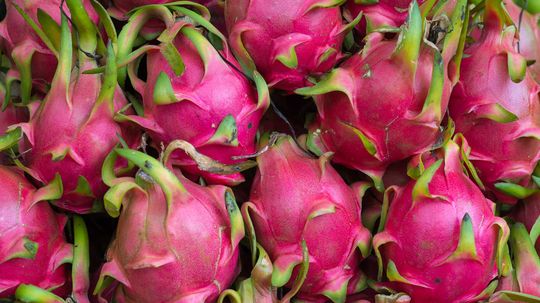Food Facts & Fun
Food Facts is a listing of articles that teaches you how all types of foods, drinks and diets work.
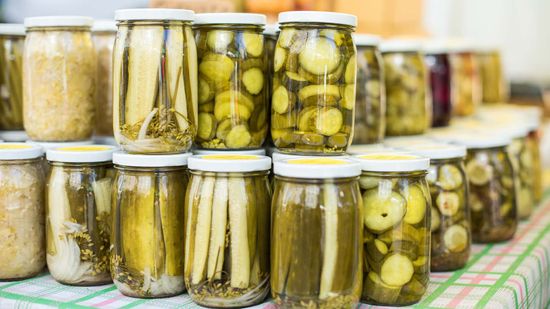
What's the Dill? The History of the Pickle
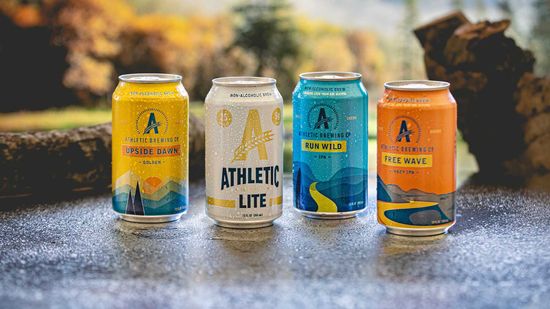
How Do Today's Brewers Make Non-alcoholic Beer?
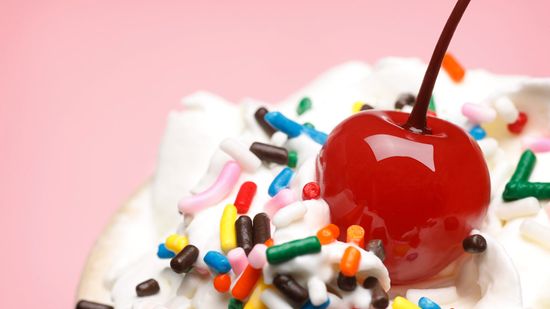
You Don't Want to Know How Maraschino Cherries Are Made
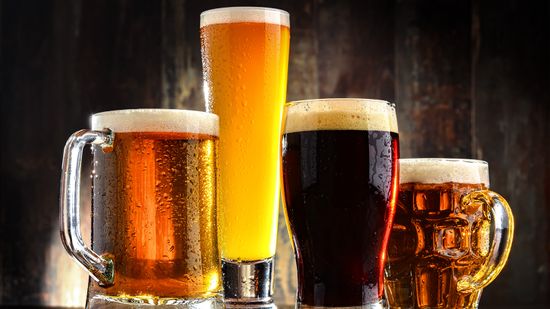
What's the Best-selling Beer in the World? Not Budweiser

5 Types of Tequila: Which to Sip and Which to Shoot
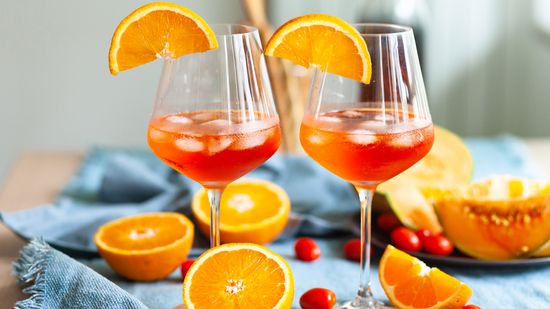
Campari vs. Aperol Cocktails and Flavor Profiles
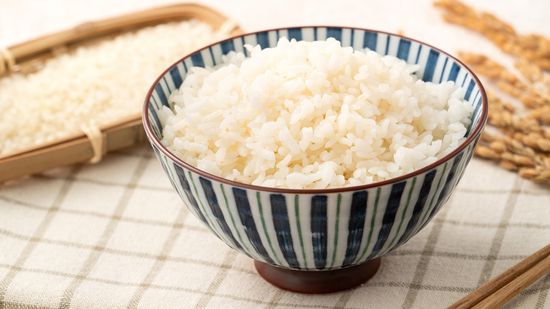
12 Types of Rice to Pair With Any Meal
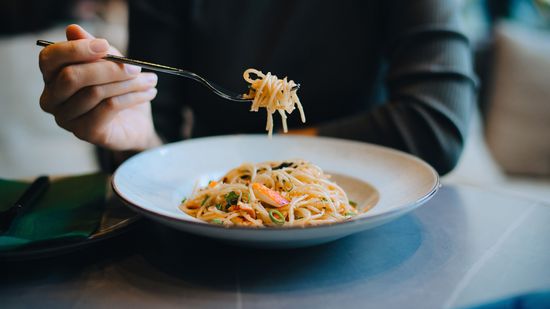
14 Types of Noodles Coming to a Dinner Table Near You
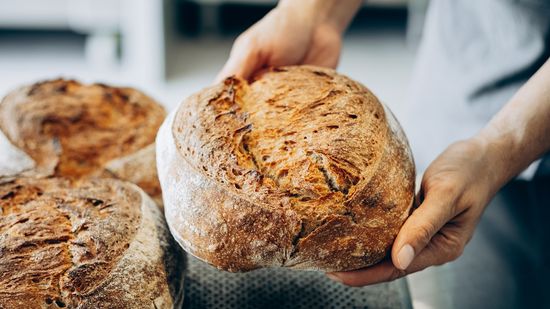
13 Types of Bread: Challah, Sourdough, Rye and More
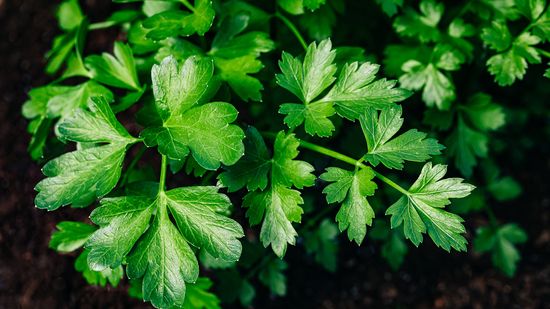
Parsley vs. Cilantro: Same Family, Totally Different Flavor Profile
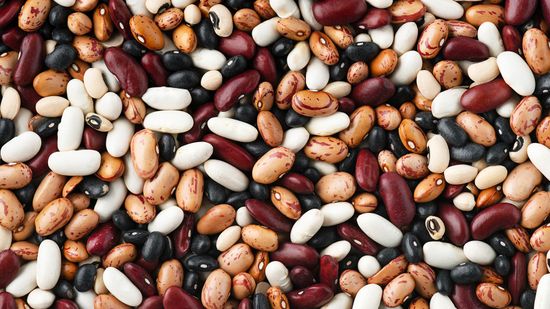
14 Types of Beans: Garbanzo, Adzuki, Cannellini and More
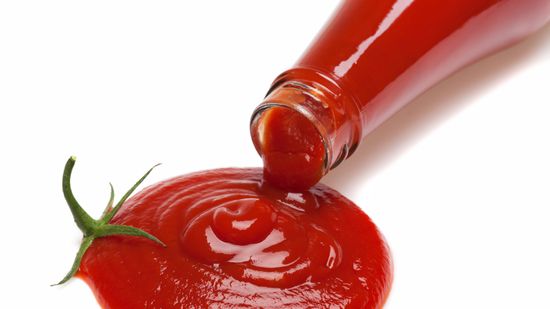
Is Tomato Catsup the Same as Tomato Ketchup?

Get the Scoop on Our Ice Cream Quiz!
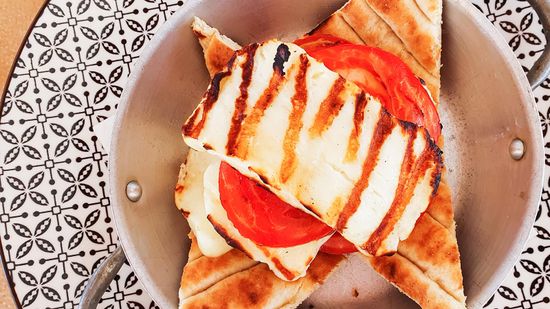
What Is Halloumi Cheese, and Why Is It Suddenly So Popular?
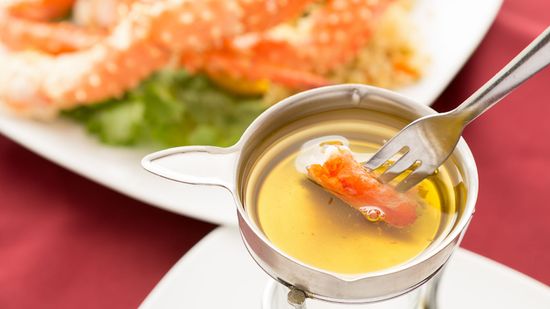
What's the Difference Between Clarified Butter and Ghee?

9 Unconventional and Weird Ice Cream Flavors We'd Love to Try
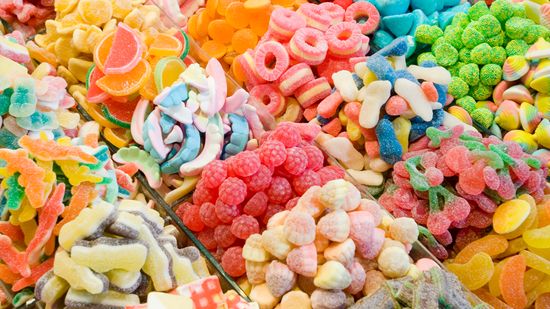
6 Types of Candy for Every Sweet Tooth

11 Types of Cookies for Your Next Snack Attack
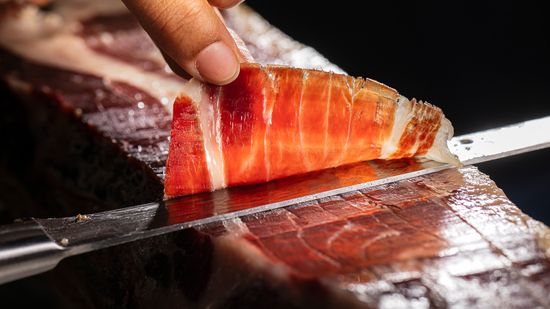
Is the Most Expensive Meat Kobe Beef, Wagyu, or Iberico Ham?

8 Food Festivals Where You Can Fill Up on a Good Time
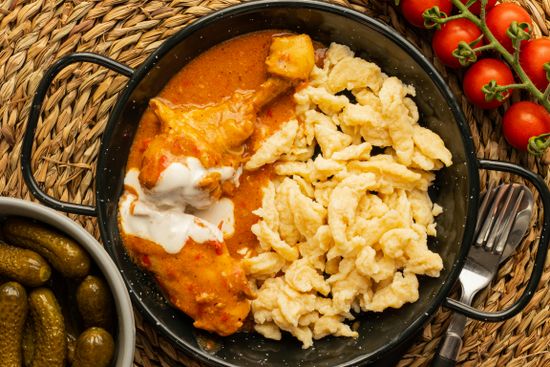
Discovering the Vibrant Flavors of Hungarian Cuisine: A Culinary Journey

How Food Tasters Work

Top 5 Reasons You Know You Should be a Pastry Chef

How to Get Your Big Break into the Baking Business

Can You Eat Jellyfish? Yes, But Not All Jellyfish
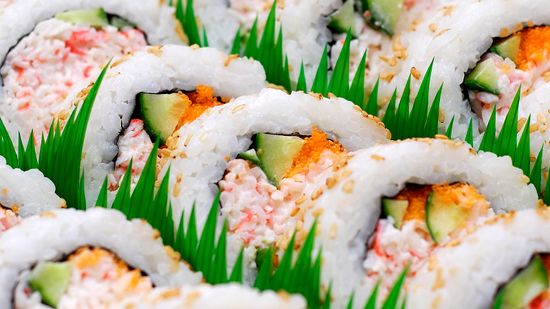
What Is Imitation Crab Meat? Is the Crab Substitute Vegan?
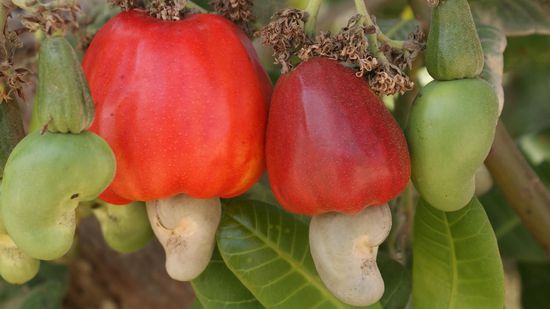
It's Nuts How These 6 Nuts Look Before Processing
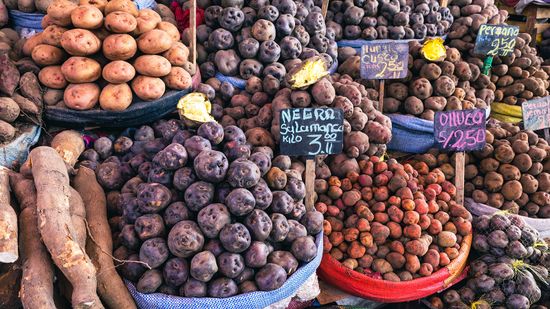
Where Do Potatoes Originate From? Not Ireland
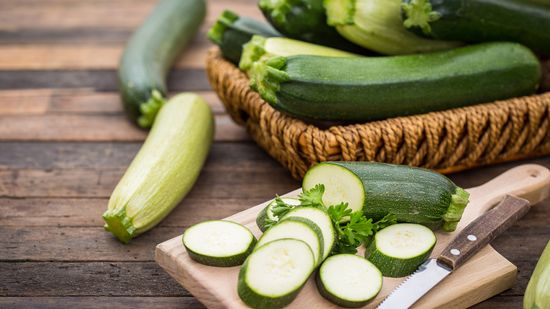
Zucchini vs. Cucumber Vitamins, Water Content, and Uses
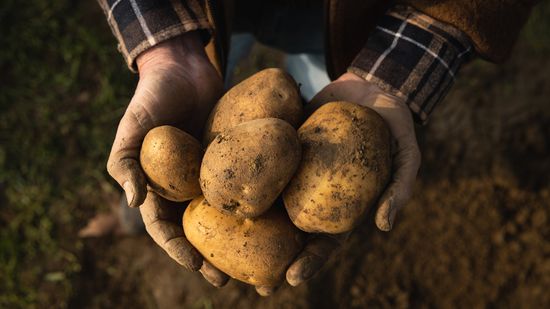
10 Types of Potatoes for Mashing, Frying, Roasting, and More
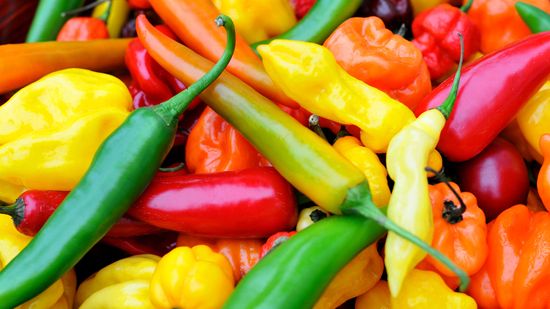
7 of the Hottest Peppers in the World
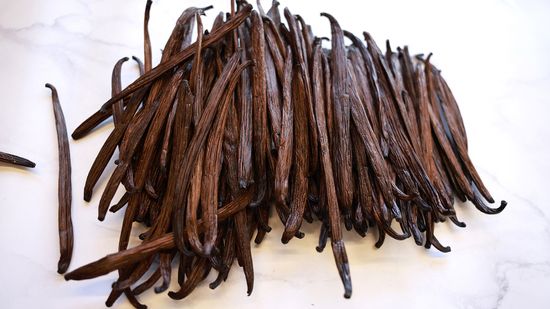
Where Does Vanilla Flavoring Come From?
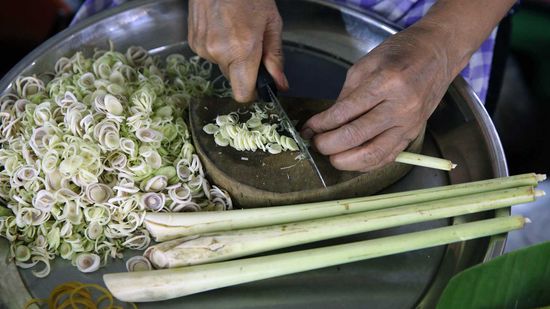
Lemongrass Is a Prized Herb in Asian Cuisine

10 Flaming-hot Facts About Cheetos
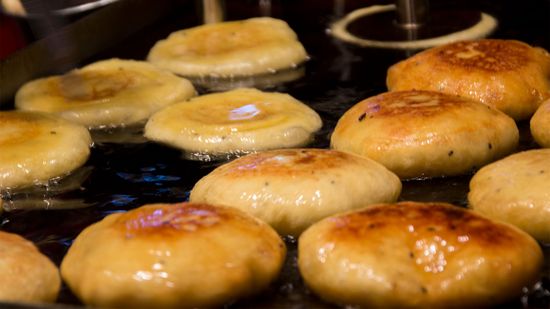
Korean Street Treat Hotteok Is Like a Warm Hug
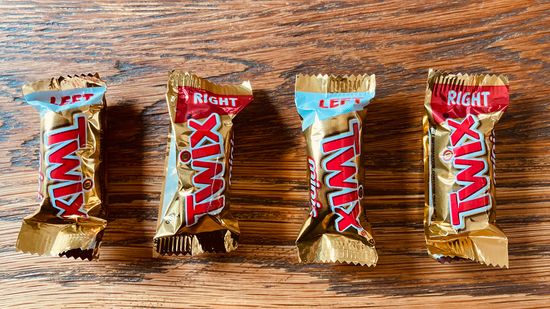
Is There Really a Difference Between the Left and Right Twix?

10 Types of Wine and What to Pair Them With

What's the Difference Between Champagne and Sparkling Wine?
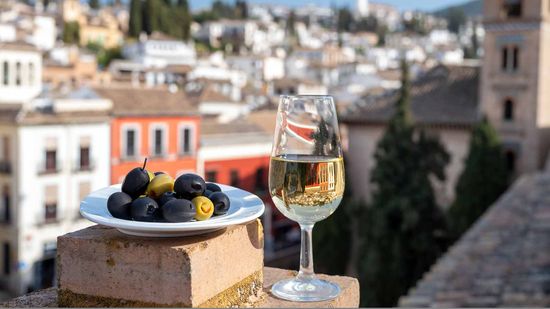
What's the Difference Between Port and Sherry?
Learn More / Page 5
A bar cart can be a gorgeous decorative element in your home. But it better be well-stocked if it's going to function as your bar. Otherwise, it's really just a pretty cart.
The already heated chicken sandwich wars just keeps getting hotter. Will a winner ever emerge in this fast food fight?
By Jeremy Glass
This banana chicken casserole defined Swedish cuisine in the 1970s and is still a beloved classic today.
By Jeremy Glass
Advertisement
Originally created for England's King George IV, A.1. sauce is still beloved by connoisseurs all over the world, though it isn't just for steak anymore.
By Jeremy Glass
These seven foods are banned in at least some, if not all, of the states in America. Have you tried any of them?
By Alia Hoyt
The Swedish tradition called Lördagsgodis is a celebration of all things sugary - and it happens every single weekend.
By Jeremy Glass
Amateur mycologists abound and do-it-yourself mushroom growing kits are all the worldwide rage today. Find out how you too can get started growing your own edible mushrooms.
By Jeremy Glass
Advertisement
If you do this tonight, you'll be all set tomorrow morning with a healthy and delicious breakfast.
Aspic might not be the most crave-worthy of culinary creations, but it does inspire a sort of cultlike devotion among ardent supporters.
Uh-oh! The boba supply chain is the latest to dry up during the pandemic, and that's bad news for those of us fond of the delicious Taiwanese tea-based drink.
By Jeremy Glass
You know both names but do you know how they're different?
Advertisement
Tired of cooking every meal at home every day? We get it. And are here with ways to make dinnertime simple again.
It is raw beef, after all, so there's a natural tendency to shy away from eating steak tartare. But don't be afraid. You can eat it.
By Jeremy Glass
Nuts are born, dry roasted and salted, in a can on the grocery store shelf, right? Not exactly. You might be surprised at what they look like before humans get ahold of them.
A beloved ingredient in British children's literature, treacle has a long, sweet history. Let's dip in.
By Alia Hoyt
Advertisement
These steaks are touted as some of the best you can buy. They're expensive - and huge. But are they worth the high price tag?
By Muriel Vega
This grassy herb adds a bright, floral kick to many Asian dishes, from curries and soups to stews and teas. It can even be used to repel insects.
By Muriel Vega
It's slimy, stringy and even quite pungent, but natto is also chock full of nutrients. So what is this superfood that's been a staple in Japan for thousands of years?
Halloumi cheese, delicious all by itself, is a great alternative to meat because, fried or grilled, the flavor can't be beat.
Advertisement
Pomelos are the largest - and one of the oldest - fruits of the citrus family. They're native to southeastern Asia and are chock full of nutritional benefits.
By Jeremy Glass
Also known as winter radish, icicle radish, Chinese radish and Japanese radish, daikon has the crunchy texture of a red radish, but with a much milder taste.
You can up your culinary prowess by using either of these fats in your cooking. But is one better than the other?
By Muriel Vega
This warm, fluffy, Polish treat is stuffed with a cream- or fruit-based filling and is a pre-Lent staple served on both Fat Tuesday and Fat Thursday.
Advertisement
This pretty pink fruit is part of the flower of a climbing cactus. The plant likely originated in Central America but you can find the fruit almost anywhere today.
Taro is a starchy root tuber that looks a lot like a potato, but it's rich in polyphenols, giving it a bigger bang as a healthy alternative.

